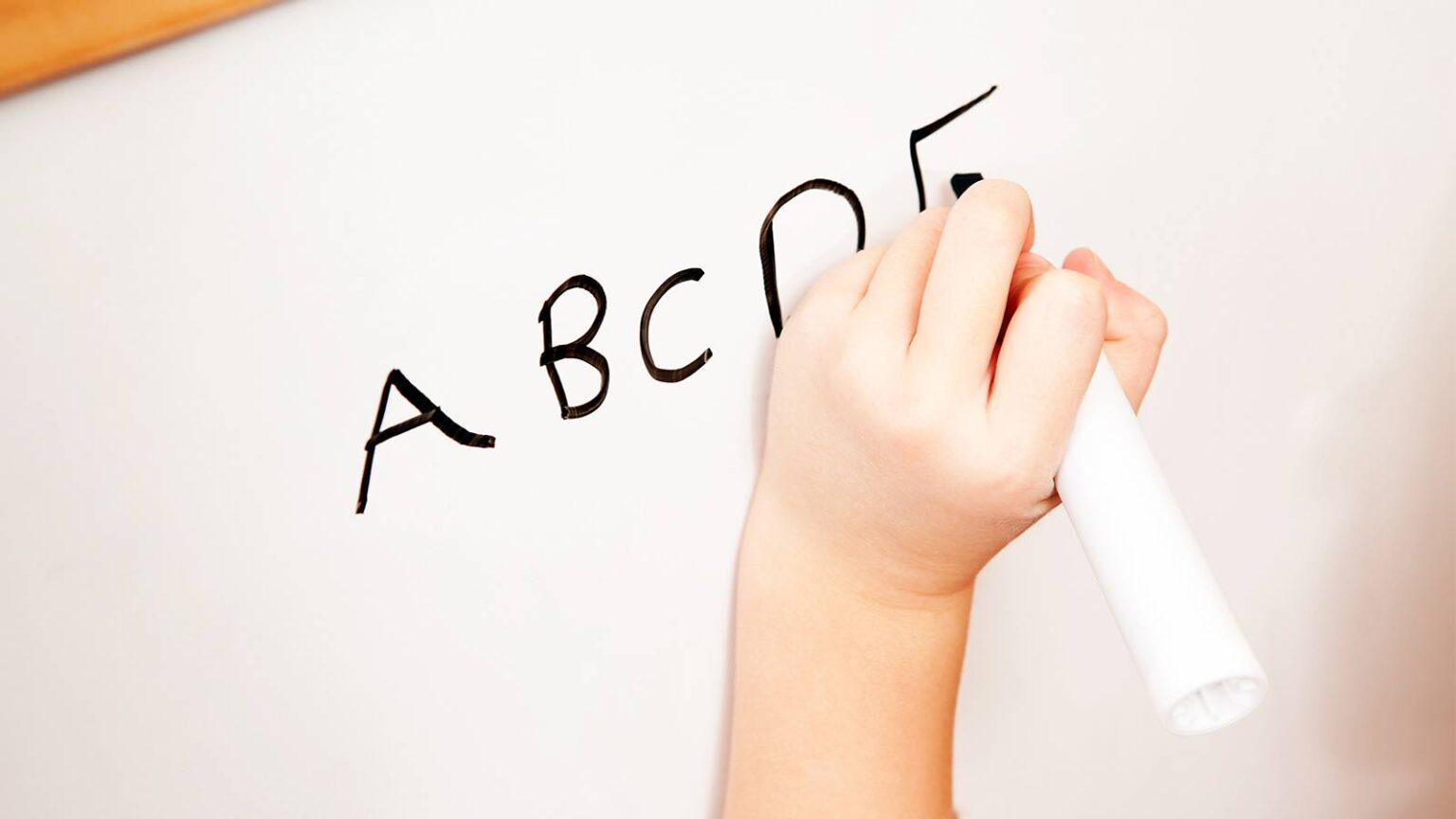
How to Spot Early if Your Child is Left Handed
Enough research has been conducted on the issue of left-handedness that we now understand 10% of the human population is left-handed, while the majority 90% is right-handed. Studies have also shown how everybody’s dominant hand is linked to how their brain functions. This means that it is not a conscious decision we make from childhood on whether we want to be left-handed or right-handed.
While the dominant hand is a mostly unconscious choice, some factors influence the choice. For example, parents, fetal development, brain damage, and genetics. Other people who switch from right to left, or left to right much later in life might have done that as a necessary adjustment due to a defect or injury.
Kids start showing their dominant hand from anywhere between 18-20 months of age, while some alternate between left and right until they are up to 4 years old. However, if you pay keen attention to your child, you might notice some signs that would give you an inclination as to whether your child will be a righty or a lefty.
- Watch the hand your child grips their spoon with while they eat
- Watch what foot they kick the ball with while they play. Right handed kids will kick with their left foot, and lefties would prefer the left foot.
- Watch their hands as they write or draw. Which hand do they prefer to hold their pencils and crayons with?

Teaching Your Leftie to Write
Handwriting is most times the number one concern of parents or teachers when they find out that their child is left-handed. While there are some differences to how lefties and righties write, there is not so much of a difference that you have to create a whole new teaching pattern. All you need to do is guide the child well enough that they learn how to write with their left hand as comfortably as a right-handed person would.
Observe and correct these things in your left-handed child:
-
Arm Positioning
Guide your left-handed child so that they write with their wrist positioned straight, with their hand held below the writing line.
-
Pen Grip
Your child should use their thumb and index finger to hold their pen or pencil at around 1.5 inches from the point, leaving their middle finger behind the pen.
-
Letter Formation
One of the things you should watch out for is how your child forms their letters. Just like any other right-handed child, your leftie will need proper practice to print their letters correctly. Note that left-handed children will form their letters in ways different than right-handed kids. For example, thye way a left-handed child would form the letter “e” is different from how a right-handed child would form the same letter.
Remember that writing is only fun to your kids when they can practice with engaging and colorful kindergarten writing worksheets pdf.
-
Paper Positioning
Teach your kids to place their writing paper to the right side of the child’s body. Educationists have also suggested that the paper be tilted so the writer’s hand is closer to the right corner of a page. Proper page positioning will also ensure that left-handed people hold their arms in the right way as they write.
If you can’t tell yet which hand is your child’s dominant hand, don’t force them to use any one. Similarly, if you have found that your child is left-handed, do not attempt to “correct” them by forcing them to use their right hand. This might affect your child’s natural development.
Many people used to believe that left-handedness was something to be corrected, due to some myths and half-truths. However, now that proper research has been conducted in that field, it is obvious that there is nothing wrong with being left-handed. It is simply a matter of how the brain works, and is completely natural.







